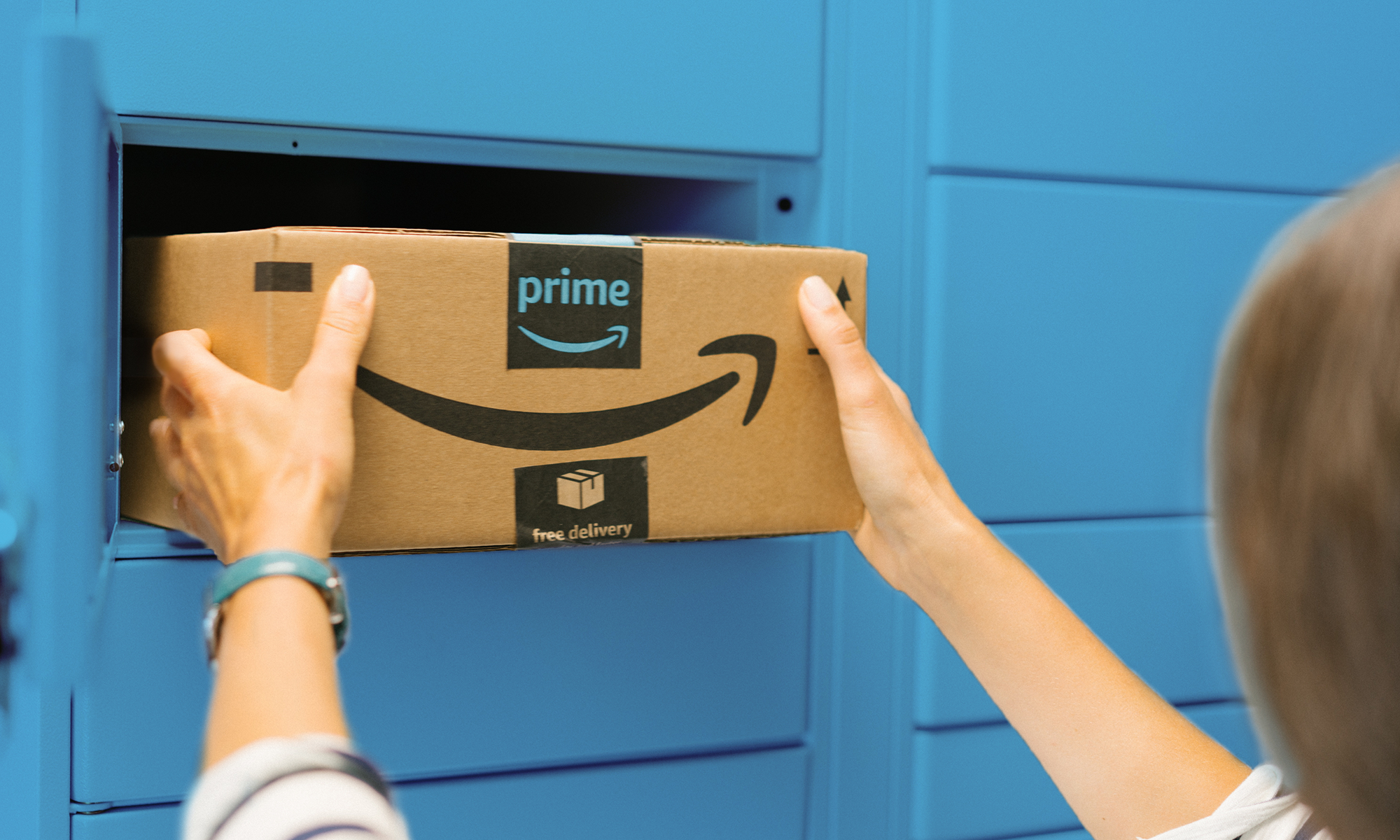The e-commerce market in India is a hotly contested battlefield thanks to the huge potential that it holds. Morgan Stanley estimates that online retail in India will grow at a massive pace, hitting $200 billion by 2026 as compared to just $15 billion a couple of years ago. Even then, online sales will account for only 12% of India's total retail sales, indicating that the market could keep growing for a very long time.
Not surprisingly, e-commerce titan Amazon (AMZN +3.38%) has been aggressively spreading its reach in this market, having already spent close to its original goal of pumping $5 billion into India. According to Amazon, the country is one of its fastest-growing markets, so it is doing everything to hold the upper hand against local player Flipkart. Let's see how.

Image source: Getty Images.
Amazon shores up its distribution
Amazon recently added six new fulfillment centers and 25 new delivery stations in India. It now has a total of 62 fulfillment centers in the country and offers next-day and scheduled delivery in 30 cities. The new fulfillment centers will specialize in the delivery of large appliances and furniture, a fast-growing e-commerce sub-segment in India.
For instance, Flipkart doubled its television sales to almost one million units last year, with sales hitting an estimated $312 million at the midpoint and the product becoming its second-largest revenue source. Looking ahead, the company is aiming to sell around $780 million worth of televisions this year. Other home appliances such as refrigerators and washing machines have also made it into the top-selling categories for Flipkart.
In all, Flipkart claims to command a 65% share of TVs, washing machines, and refrigerators in the online space. This puts the local player at an advantage over Amazon, as the television market in India is estimated to be worth $12 billion, and 45% of the sales take place online. With two-thirds of 183 million households in India expected to replace their televisions in the next few years, Flipkart is currently in pole position to tap into this opportunity.
It's extremely important for Amazon to shore up its distribution network to grab a piece of this pie, especially considering that big-box retailer Walmart (WMT +1.45%) is looking to pick up a majority stake in Flipkart.
The battle will get more intense
Recent reports indicate that Walmart, the world's biggest retailer, could make a move for Flipkart. Walmart is aggressively expanding its operations in India and aims to acquire three to five start-ups in the country over the next year. This won't be surprising, as Walmart has recently witnessed rapid growth in its e-commerce business thanks to its acquisition strategy.
Walmart's backing of Flipkart will boost the Indian e-commerce giant's scale of operations and fast-track its ambition of rapidly building more fulfillment centers. Flipkart recently announced that it wants to set up a 4.5-million-square-foot integrated logistics facility in the southern part of India, and is currently in the process of acquiring land for it.
This move could give Flipkart a leg up over Amazon's network, as it plans to put in place around 1.5 million square feet of warehouse space by the middle of 2019. This would become the largest e-commerce warehouse facility in India, eclipsing Amazon's warehouse of 400,000 square feet.
The good news for Amazon is that it still has a broader presence in the country, with its current warehouse count spread across 13 states -- easily ahead of Flipkart's 21 fulfillment centers across nine states.
Not surprisingly, Amazon is witnessing rapid sales growth in this market: In the fiscal year that ended in March 2017, its marketplace arm in India saw a 105% year-over-year jump in revenue.
Meanwhile, sales at Cloudtail -- Amazon's jointly owned in-house vendor -- increased 24%. Flipkart's growth, on the other hand, left a lot to be desired. According to the latest regulatory filings, Flipkart's revenue increased 29% last year to just over $3 billion, while losses shot up 68% to $1.35 billion.
Moreover, Amazon isn't going to let up on the relentless pace of its investments in India. Though the company is close to completing its initial goal of investing $5 billion in this market, it is likely that it will pump in more money. CEO Jeff Bezos made it clear last year that the company will keep investing in India to keep up with competitors, as it wants to corner a bigger slice of this lucrative e-commerce market.
The Foolish takeaway
The battle for India's e-commerce pie is in full swing, and things could get more interesting if Walmart joins the fray through Flipkart. Amazon's advantage is that it has spent the past five years building its infrastructure in the country, and it's currently sitting on a superior distribution network as compared to its rival. The company is doing the right thing by moving deeper into this market.







